SUVs have become a dominant force in the automotive world, offering a perfect mix of style, space, and performance. From luxurious models to rugged off-roaders, the popularity of SUVs skyrocketed over the years.
However, some once-popular models have mysteriously disappeared from the market, leaving car enthusiasts and owners puzzled.
These SUVs captured attention with their innovative features, strong sales, and loyal fanbases, yet vanished without much warning.
Whether due to changing market trends, shifting consumer preferences, or intense competition, the reasons behind their disappearance are varied.
In this article, we will take a look at 10 SUVs that were once incredibly popular but suddenly faded from the automotive scene. Some of these models had groundbreaking designs, while others were known for their reliability and performance. Despite their initial success, they eventually fell out of favor.
The reasons for their disappearance range from the rise of newer, more efficient models to the struggles of manufacturers in keeping up with demand. Economic factors, environmental regulations, and shifts in the consumer market also played a role in their eventual decline.
While these SUVs may no longer be on the roads, they still hold a special place in the hearts of fans and enthusiasts.
10) The Suzuki XL7 and Toyota RAV4 Convertible
The Suzuki XL7, a compact SUV introduced in 2007, had a promising start. It shared similarities with the popular Chevy Equinox, particularly in interior space and performance. The vehicle initially sold well, with 22,000 units sold during its first two years. However, by its third year, interest in the XL7 began to fade.
In 2009, Suzuki managed to sell only 4,355 units, marking a sharp drop in demand. This decline led to the cancellation of the XL7, and three years later, in 2012, Suzuki exited the U.S. market altogether. At that point, Suzuki’s U.S. sales had fallen drastically, from 102,000 vehicles in 2007 to just around 20,000.
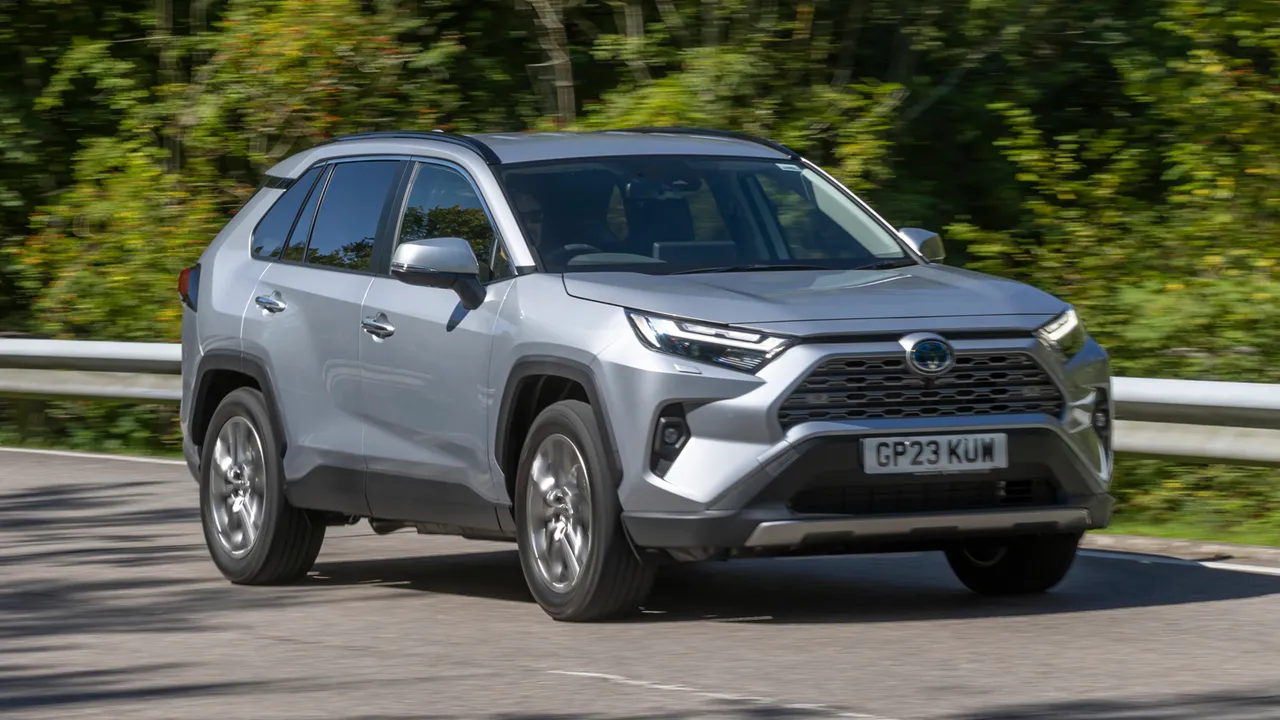
The Toyota RAV4, on the other hand, revolutionized the U.S. market as the first true compact crossover SUV. The RAV4’s success helped spark the crossover trend that followed. However, despite its popularity, Toyota also experimented with a two-door hardtop and a convertible version of the RAV4 from 1998 to 2000. These versions, unfortunately, didn’t catch on with buyers.
The two-door hardtop and convertible versions of the Toyota RAV4 were short-lived due to their limited appeal. While the four-door version of the RAV4 went on to become one of the best-selling compact crossovers, the smaller, less practical versions faded into obscurity.
Both the Suzuki XL7 and Toyota RAV4 Convertible highlight how unpredictable the automotive market can be. Despite promising starts, certain models can lose popularity quickly, often due to shifting consumer tastes or new competition in the market. These vehicles may no longer be on the roads, but they remain an interesting part of SUV history.
Also Read: 10 Best European Sports Cars That Rival High Performance Supercars
9) The Pontiac Torrent: A Missed Opportunity
The Pontiac Torrent, produced from 2006 to 2010, was a compact SUV designed to give the struggling brand a more mainstream presence. However, by the time it hit the market, Pontiac had already lost its edge. Once known for excitement and innovation, the brand was now reduced to mediocrity, struggling to capture consumer interest.
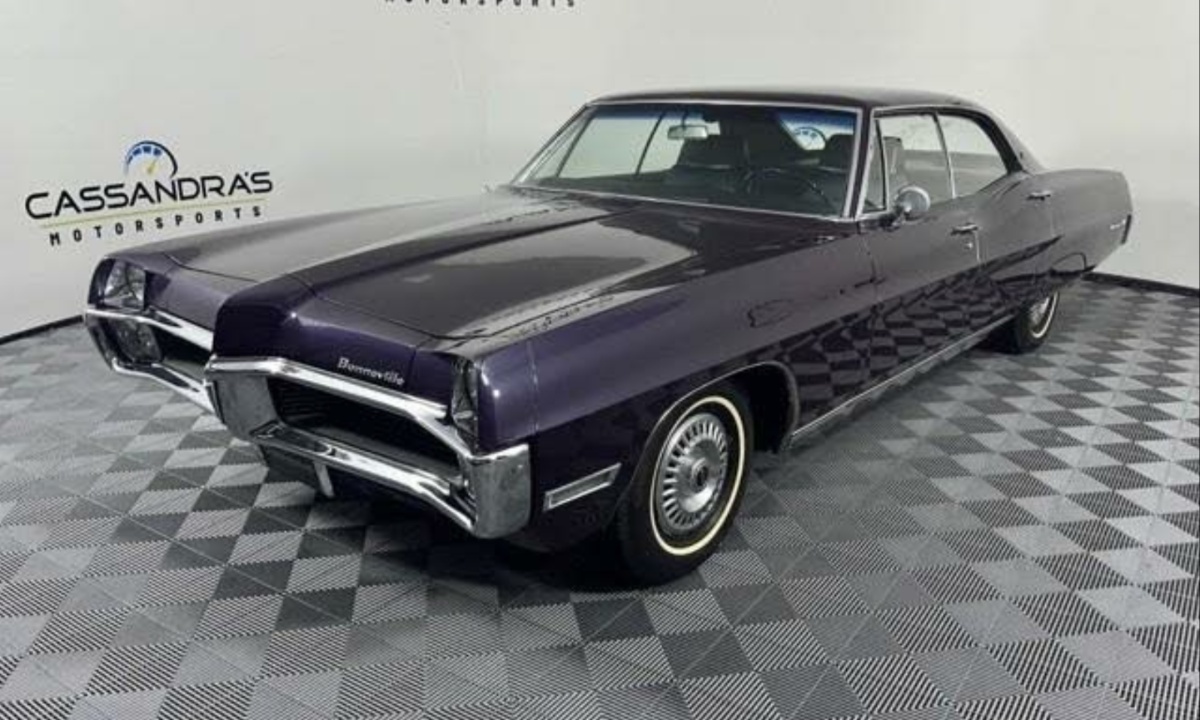
Pontiac’s lineup was dominated by vehicles like the Grand Am and G6, which failed to excite modern buyers. To respond to the growing popularity of SUVs, the company introduced the Torrent as a way to compete in the crossover SUV market. It was essentially a rebadged Chevrolet Equinox, offering little in terms of differentiation.
While the Torrent wasn’t necessarily a bad vehicle, it lacked the uniqueness and style that Pontiac was known for in its heyday. The SUV’s bland design and uninspired features didn’t do much to bring back the brand’s former reputation. Pontiac needed something bold to stand out, but the Torrent failed to make a lasting impact.
This SUV arrived after the infamous Pontiac Aztek, a vehicle that became known for its design flaws rather than its merits. The Torrent, despite its more conventional styling, didn’t offer enough to reignite Pontiac’s relevance in a market that was shifting towards more exciting and innovative options.
Also read: 10 Cars That Were Secretly Built for Spies to Operate Undetected
In the end, the Pontiac Torrent represents the final years of a brand that had once embodied excitement and boldness but ended up fading into obscurity. The SUV never truly gained a strong foothold in the competitive crossover market, and with Pontiac’s eventual closure, it quickly became a forgotten part of automotive history.
8) Saab 9-7X
The Saab 9-7X, produced from 2005 to 2009, was a compact SUV built on GM’s GMT360 platform. While it was designed to stand out, it ended up blending in with other GM models like the Chevy, GMC, and Buick versions. The only real changes made were a few tweaks to the suspension and a Saab-style front end.
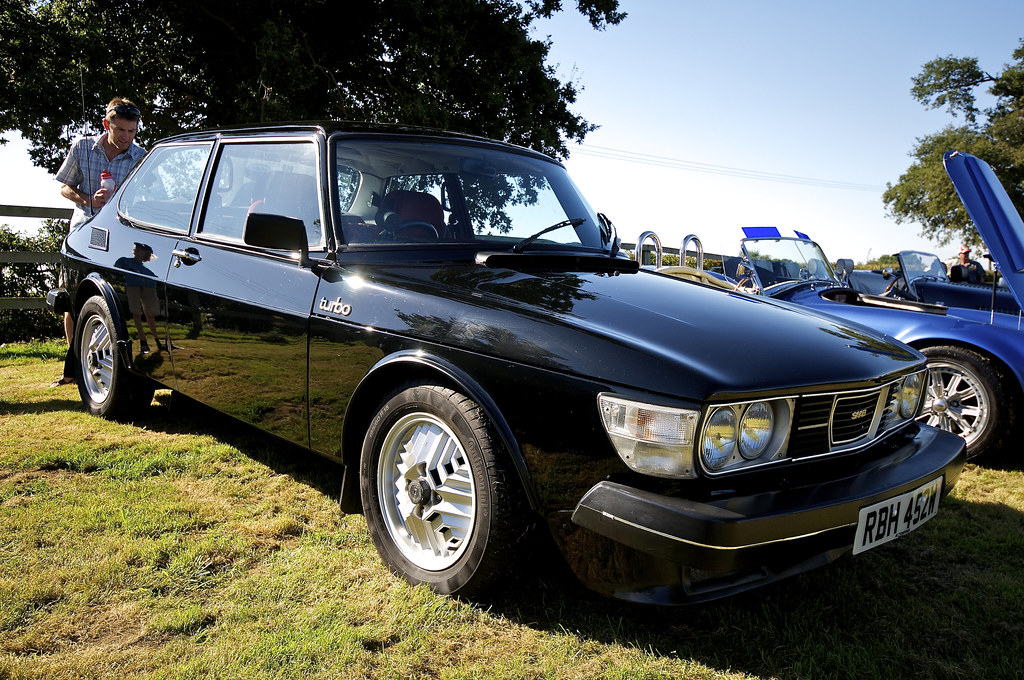
Despite these adjustments, the Saab 9-7X didn’t offer much in terms of uniqueness. The ignition switch was moved to the center console, a quirky touch often associated with Saab, but the vehicle’s look and feel didn’t make it distinguishable from its GM cousins. As a result, the 9-7X has been largely forgotten, even though it was relatively common during its production years.
On the other hand, the Suzuki X-90, produced from 1996 to 1998, was a tiny, two-seat SUV with a unique design that never caught on with mainstream buyers. Known for its quirky appeal, the X-90 had a small but loyal group of fans. Despite its odd styling and limited success, it became a promotional vehicle for Red Bull when the brand first entered the U.S. market.
The Suzuki X-90’s small size and unusual features made it a vehicle that only a select few could truly appreciate. While it has a small group of aficionados, most people have long since forgotten about it. Today, it remains an interesting footnote in SUV history, remembered more for its novelty than its sales success.
Both the Saab 9-7X and Suzuki X-90 highlight how sometimes, even the most interesting vehicles can fade into obscurity. Despite offering unique features or designs, they failed to capture the attention of a broad market and were eventually forgotten.
7) The Forgotten Suzuki X-90 and XL7
The Suzuki X-90, produced from 1996 to 1998, was a two-seat, four-wheel-drive vehicle that gained a cult following for its unique design. Despite having just 95 horsepower from a 1.6-liter engine and a very short wheelbase, it captured the imagination of a niche market. Unfortunately, it only sold around 8,000 units in three years, making it a forgotten gem.
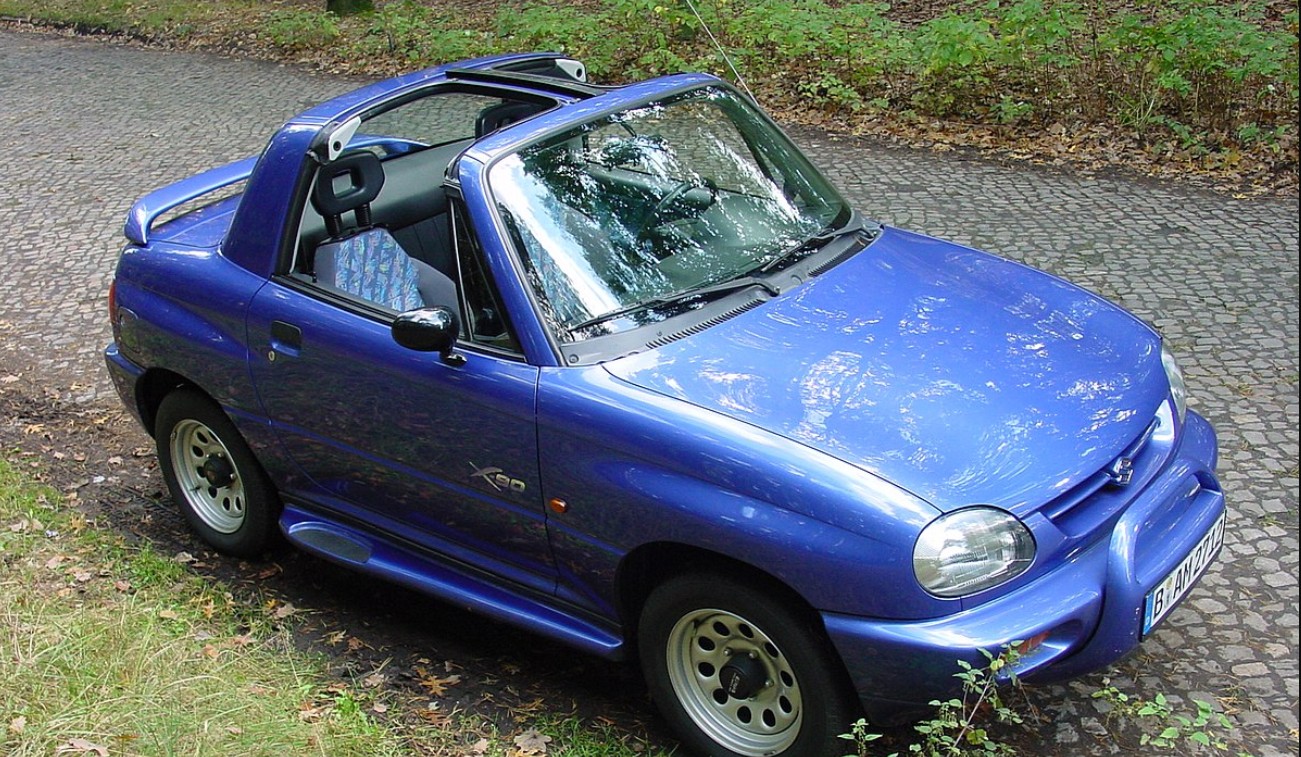
The X-90’s targa-top and offbeat design were ahead of their time, but it didn’t resonate with mainstream buyers. While it left a mark, especially of quirky SUVs, it wasn’t enough to keep it in production. Some modern vehicles, like the Nissan Murano CrossCabriolet and Range Rover Evoque Convertible, have followed in the X-90’s footsteps, but with limited success.
On the other hand, the Suzuki XL7, produced from 2007 to 2009, faced a similar fate. This compact SUV was a result of Suzuki’s tie-up with General Motors and was based on the GM Theta platform. It shared its foundation with the Chevrolet Equinox and Pontiac Torrent, but the XL7 stood out for having a third-row seat, which none of the other Theta-based SUVs offered.
Despite its unique features, the XL7’s design, especially the front-end styling, wasn’t well received. It had an unappealing look, with headlights that gave the impression of “weeping,” which turned many buyers away. After a short production run, the XL7 was discontinued, leaving it largely forgotten in the history of SUVs.
Both the X-90 and XL7 represent the strange and unpredictable nature of the automotive market. Although these SUVs had their moments, they ultimately couldn’t capture the broad market appeal needed to survive long-term. Their brief existence leaves us with curious memories of vehicles that were ahead of their time.
6) Plymouth Trail Duster: A Forgotten Off-Road Classic
The Plymouth Trail Duster, produced from 1974 to 1981, is a vehicle that many people may have forgotten, especially as the Plymouth brand fades from memory. Despite its cool factor, the Trail Duster wasn’t widely recognized and was overshadowed by larger, more famous off-road vehicles of its time. It was one of the few trucks produced by Plymouth.
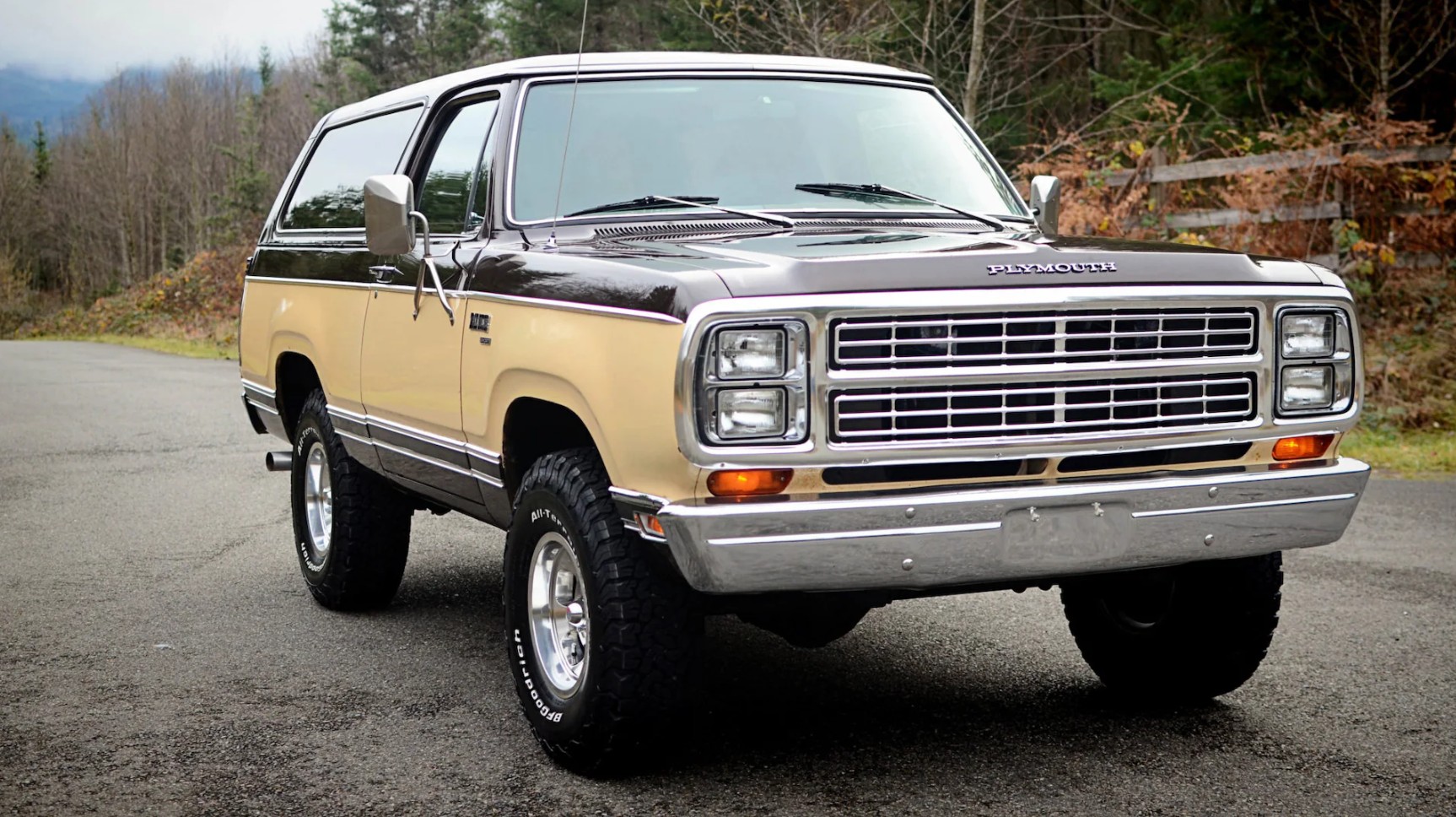
The Trail Duster was essentially a rebadged Dodge Ramcharger, which itself was based on the D-series pickup. While it wasn’t a completely unique creation, the Trail Duster still offered a solid off-roading experience. It was part of Chrysler’s attempt to compete in the off-road convertible-SUV market that had been created by vehicles like the Jeep CJ and the International Scout.
When the Trail Duster was released, it found itself in a competitive segment alongside other popular off-road vehicles, such as the Ford Bronco and Chevrolet Blazer. Despite the tough competition, the Trail Duster managed to stand out with its rugged style and capability, though it remained less well-known than its rivals.
Plymouth’s foray into trucks with the Trail Duster was part of a broader strategy to offer more than just cars. However, Plymouth never achieved the same level of recognition in the truck market as other brands, which contributed to the Trail Duster being somewhat of a forgotten classic today.
Also read: 10 Convertibles That Offer Great Performance and Comfort for the Ultimate Driving Experience
The Trail Duster’s legacy is one of quiet distinction, as it offered a solid off-road performance but never quite captured the widespread attention it deserved. Today, it remains a rare and classic example of Plymouth’s brief entry into the world of trucks.
5) The Land Rover Freelander SE3: A Short-Lived Open-Air SUV
The Land Rover Freelander SE3, produced from 2003 to 2005, offered an open-air driving experience as a two-door SUV. This model aimed to appeal to those looking for a more unique, upscale alternative to other vehicles in the compact SUV market. However, despite its high-end features, the SE3 quickly faded from public attention.
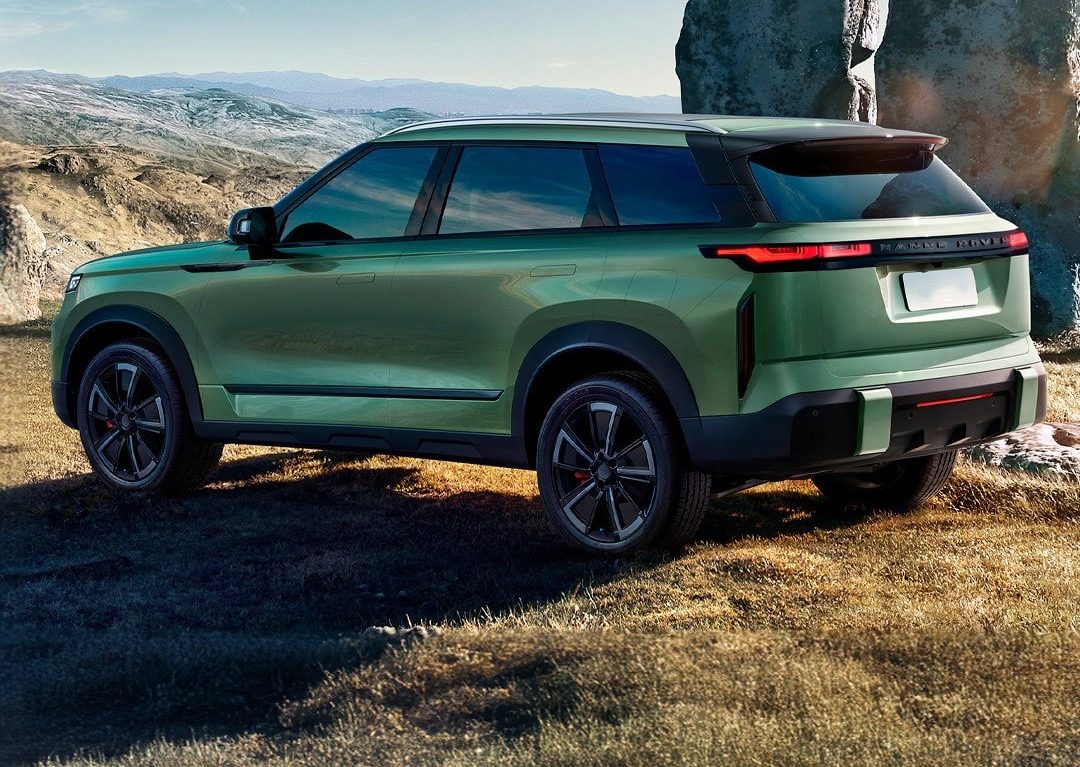
The Freelander SE3 was not without its challenges. The removable roof and sunroof panels, which allowed for the open-air experience, lacked a convenient place for storage. Drivers had to remove them manually and risk being caught in the rain without a solution. Although a tent-like soft top could be set up in emergencies, this setup didn’t prove practical for most.
Another reason for the SE3’s short-lived existence was competition. The Jeep Wrangler, which was both cheaper and better equipped for off-roading, attracted many potential buyers. While the SE3 offered luxury, it wasn’t as capable off the beaten path, which hurt its appeal to true off-road enthusiasts.
In the early 2000s, crossovers like the Honda CR-V and Toyota RAV4 were gaining popularity, but the Freelander was still closely associated with Land Rover’s off-roading heritage. Unfortunately, the Freelander lacked some key off-road features like low-range gearing and locking differentials, which disappointed fans of the brand’s rugged reputation.
While the Freelander SE3 was popular in the UK, its rarity in the U.S. highlights how it failed to capture the market’s attention. The model didn’t live up to expectations, and its impracticality combined with stiff competition led to its disappearance from the scene. Today, it remains a forgotten part of Land Rover’s history.
4) The Mitsubishi Endeavor: A Forgotten Domestic SUV
The Mitsubishi Endeavor, produced from 2003 to 2011, was Mitsubishi’s first SUV designed specifically for the U.S. market. Unlike earlier models that were imported, the Endeavor was a domestic product, created to compete directly in the popular SUV segment. Designed in California and assembled in Normal, Illinois, it represented a new direction for the brand in the U.S.
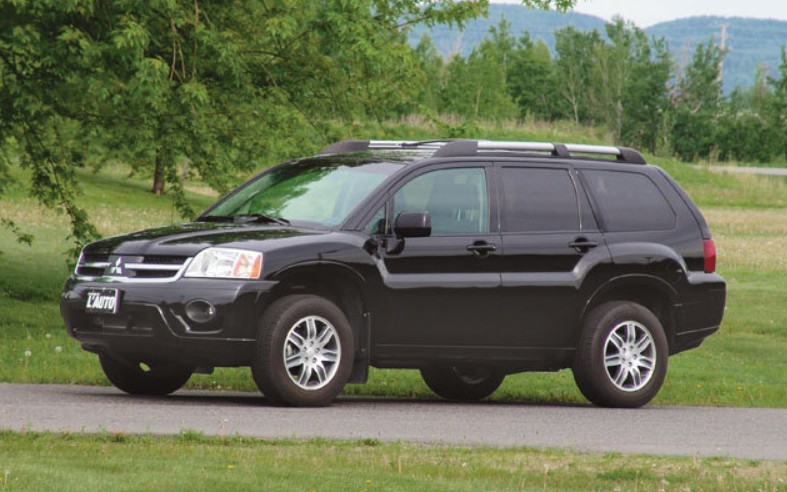
Built on a front-wheel-drive platform, the Endeavor came equipped with a 215-horsepower V6 engine and a four-speed automatic transmission. It was aimed at meeting the needs of American consumers looking for a versatile and comfortable SUV. The Endeavor’s design, however, wasn’t particularly remarkable, and it didn’t manage to capture widespread attention in a crowded market.
Despite being a domestic model, the Endeavor faced tough competition from other more popular SUVs during its production run. It struggled to stand out against the numerous options available in the same segment, and this lack of distinction led to its eventual discontinuation in 2011.
While it may have been practical and well-equipped, the Endeavor was often overshadowed by other, more established names in the SUV world. Over the years, it quietly faded from the automotive scene, and today, it’s largely forgotten by many. The Mitsubishi Endeavor’s short-lived presence is a reminder of how even well-built vehicles can sometimes go unnoticed in a competitive market.
Also Read: Top 10 Sports Cars That Offer Great Performance on a Budget
3) The Kia Borrego: A Missed Opportunity in a Changing Market
The Kia Borrego, launched in 2008 as a 2009 model, was introduced at a time when the market for large SUVs was starting to decline. Gas prices were high, and the economy was in recession, making people less interested in buying a big, fuel-hungry vehicle like the Borrego, especially from a brand like Kia.
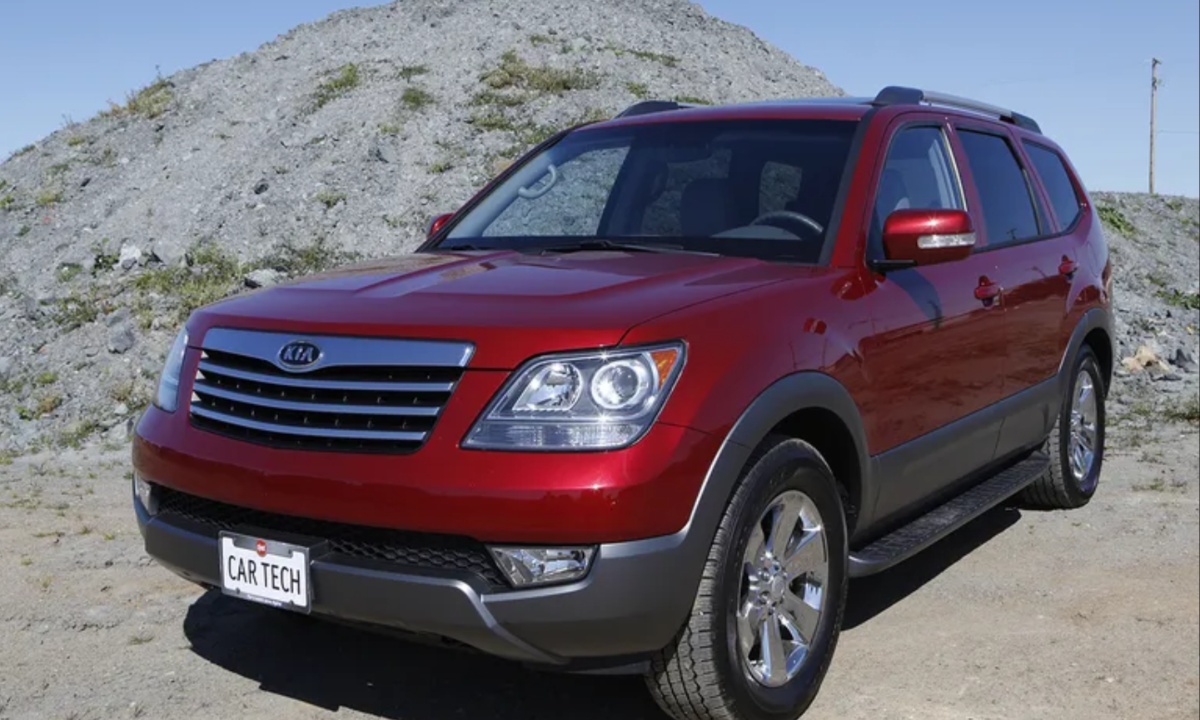
Despite its size and three-row seating, the Borrego didn’t live up to expectations. While it was priced lower than competitors like the Toyota 4Runner and Nissan Pathfinder, its performance left much to be desired. The ride was rough, and its throttle response felt sluggish, making the driving experience less than enjoyable. Additionally, the vehicle’s structure felt loose, further contributing to its underwhelming reputation.
The Borrego was available with rear-wheel drive and a 3.8-liter V-6 engine as standard, while a 4.6-liter V-8 from the Genesis luxury sedan was available as an upgrade. However, neither option offered strong performance, and fuel efficiency was disappointing, with the Borrego achieving no better than 18 mpg combined on the EPA test cycle.
Also read: 10 Cars That Were Ahead of Their Time in Innovation
Sales of the Kia Borrego were far lower than anticipated, and the model was discontinued during the 2010 model year. While it had some potential, the Borrego’s poor timing in a changing market and its lackluster execution led to its quick disappearance. Despite being part of Kia’s attempt to enter the large SUV market, the Borrego is now largely forgotten in the history of the brand.
2) The Jeepster Commando: A Classic Jeep with Many Faces
The Jeepster Commando, originally introduced in 1948, was Willys-Overland’s attempt to turn its iconic Jeep brand into a civilian sports car. Designed by Brooks Stevens, the Jeepster was marketed as a roadster but didn’t live up to the sporty expectations. With only 63 horsepower from a 2.2-liter four-cylinder engine, it wasn’t fast and was overpriced for its time, leading to its brief run.
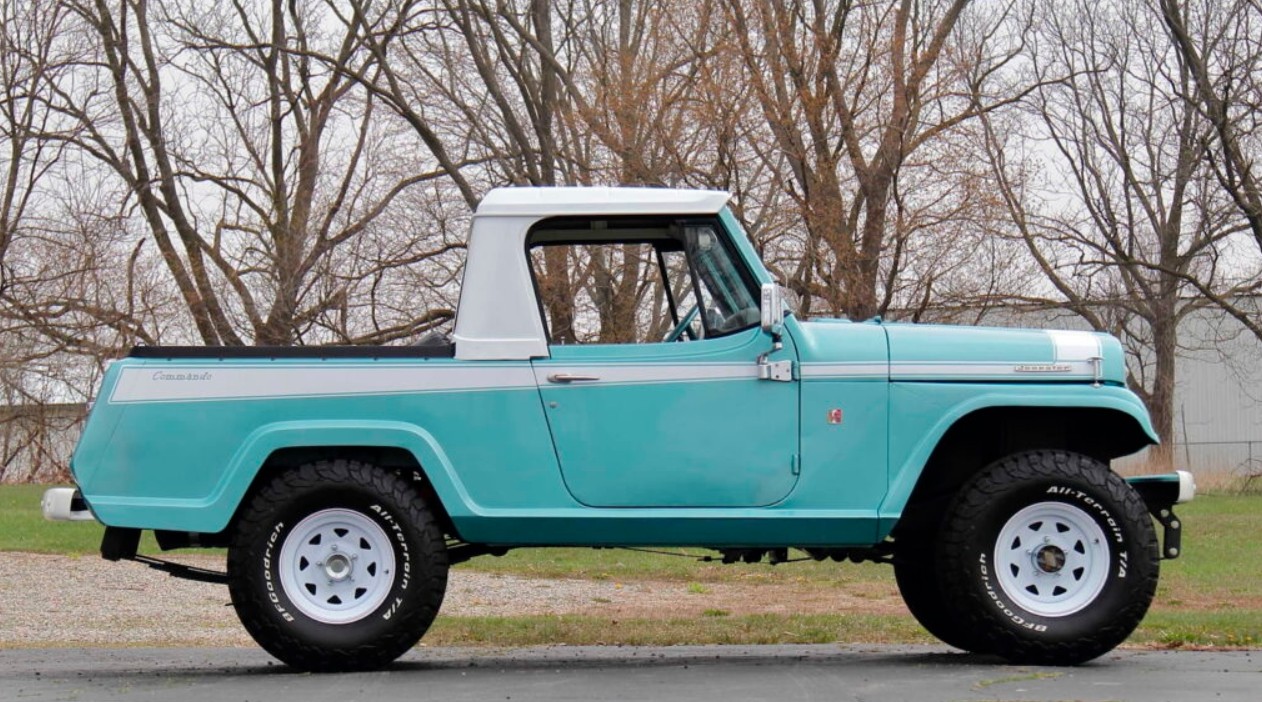
In 1967, Jeep revived the Commando under Kaiser’s ownership. The new version had a slightly redesigned two-door body and was built with a real 4×4 drivetrain, which improved its off-road capabilities. The Commando was available in various body styles, including a phaeton, convertible, station wagon, and pickup truck, making it a versatile option for different types of buyers.
In 1970, Jeep was acquired by AMC, and they made further upgrades to the Commando. The new models featured AMC’s inline-six engines, with displacements of 232 and 258 cubic inches, providing more horsepower at 100 and 110, respectively. A 150-horsepower 304-cubic-inch V-8 was also made available, offering more power for buyers looking for stronger performance.
The final versions of the Jeepster Commando, especially the station wagon with an off-road powertrain, blurred the line between classic SUV and sports vehicle. Despite its varied designs and powertrain options, the Commando was a short-lived model, ending production in 1973. However, its unique versatility and off-road capabilities gave it a lasting place in automotive history.
1) Acura SLX A Luxury SUV with Mixed Results
In the mid-1990s, as the SUV market boomed, Acura decided to enter the scene by licensing the second-generation Isuzu Trooper and rebranding it as the SLX.
This SUV came with luxury features like heated leather seats, a large sunroof, and a digital compass with an altimeter, barometer, and thermometer. Acura marketed it as a high-end vehicle, even suggesting it could handle both African safaris and trips to exclusive restaurants.
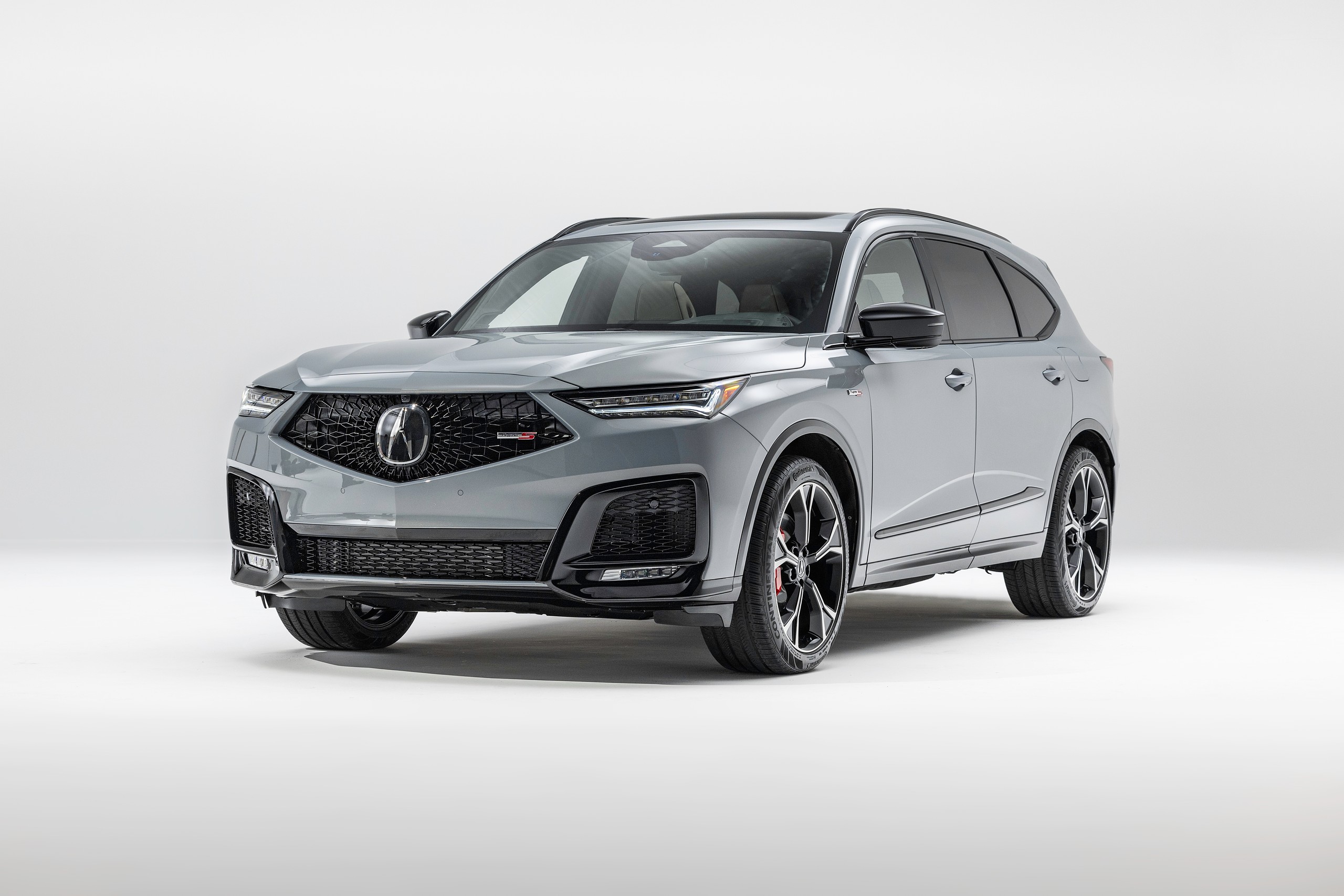
Despite its luxury appearance, the SLX faced some major performance issues. Weighing nearly 2.5 tons, it was powered by a 3.2-liter V-6 engine producing only 190 horsepower.
An upgrade to a 3.5-liter V-6 with 215 horsepower didn’t provide a significant improvement. While it had off-road capabilities with four-wheel drive and a low-range transfer case, its soft suspension led to poor handling, disappointing many drivers.
The SLX was also criticized for safety concerns. In early model years, it was nearly blacklisted by Consumer Reports after the Isuzu Trooper version failed a lane-change test and nearly rolled over.
Also read: 10 Rare Electric Cars That Could Become Future Collectibles
Although Isuzu sued Consumer Reports and won in 2000, the damage to the SLX’s reputation was done. By the time Acura introduced the MDX in 2001, which was built on the Honda Odyssey platform, the SLX had been discontinued. The MDX would go on to become Acura’s best-selling model, leaving the SLX a forgotten part of the brand’s history.
